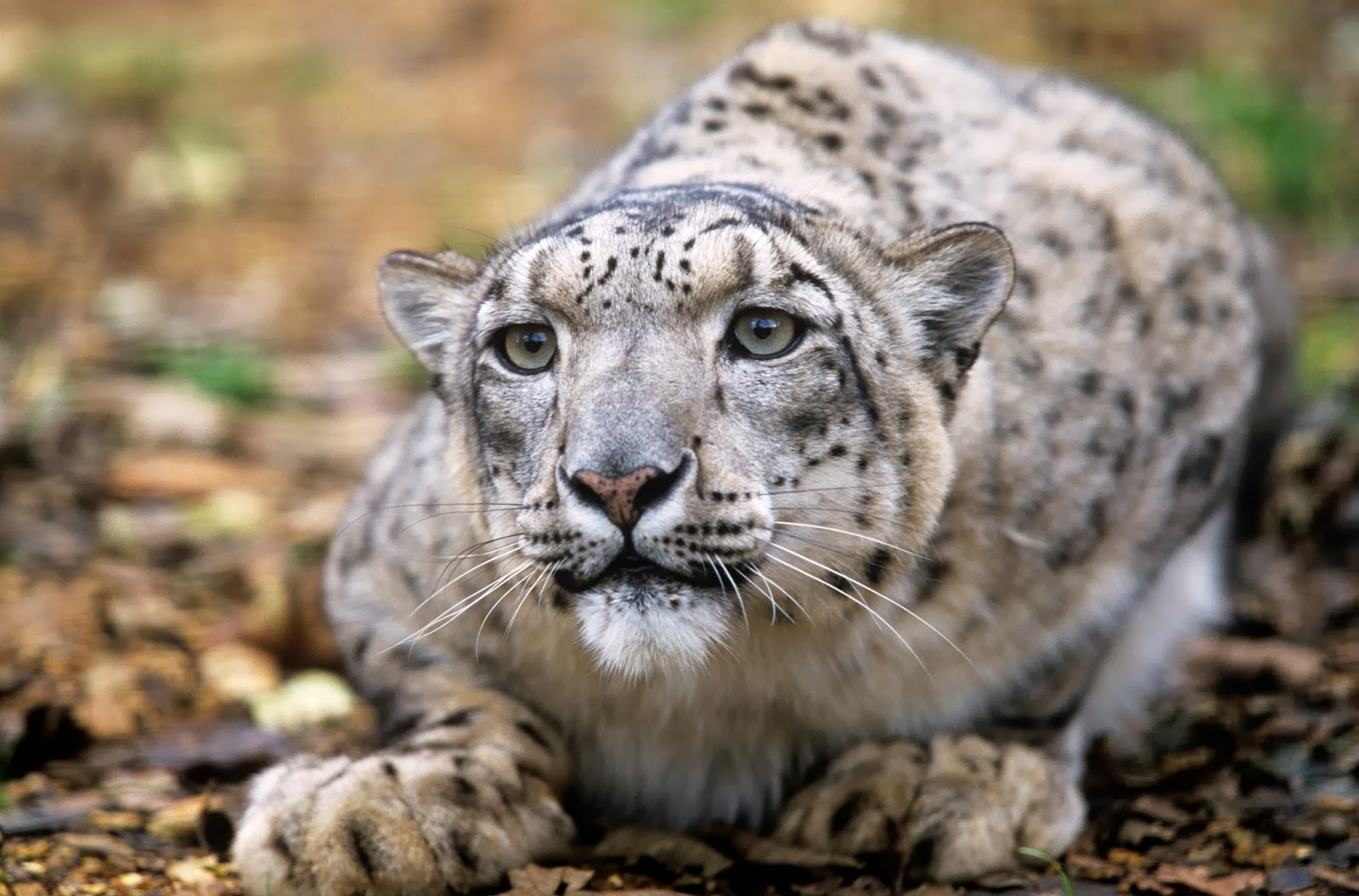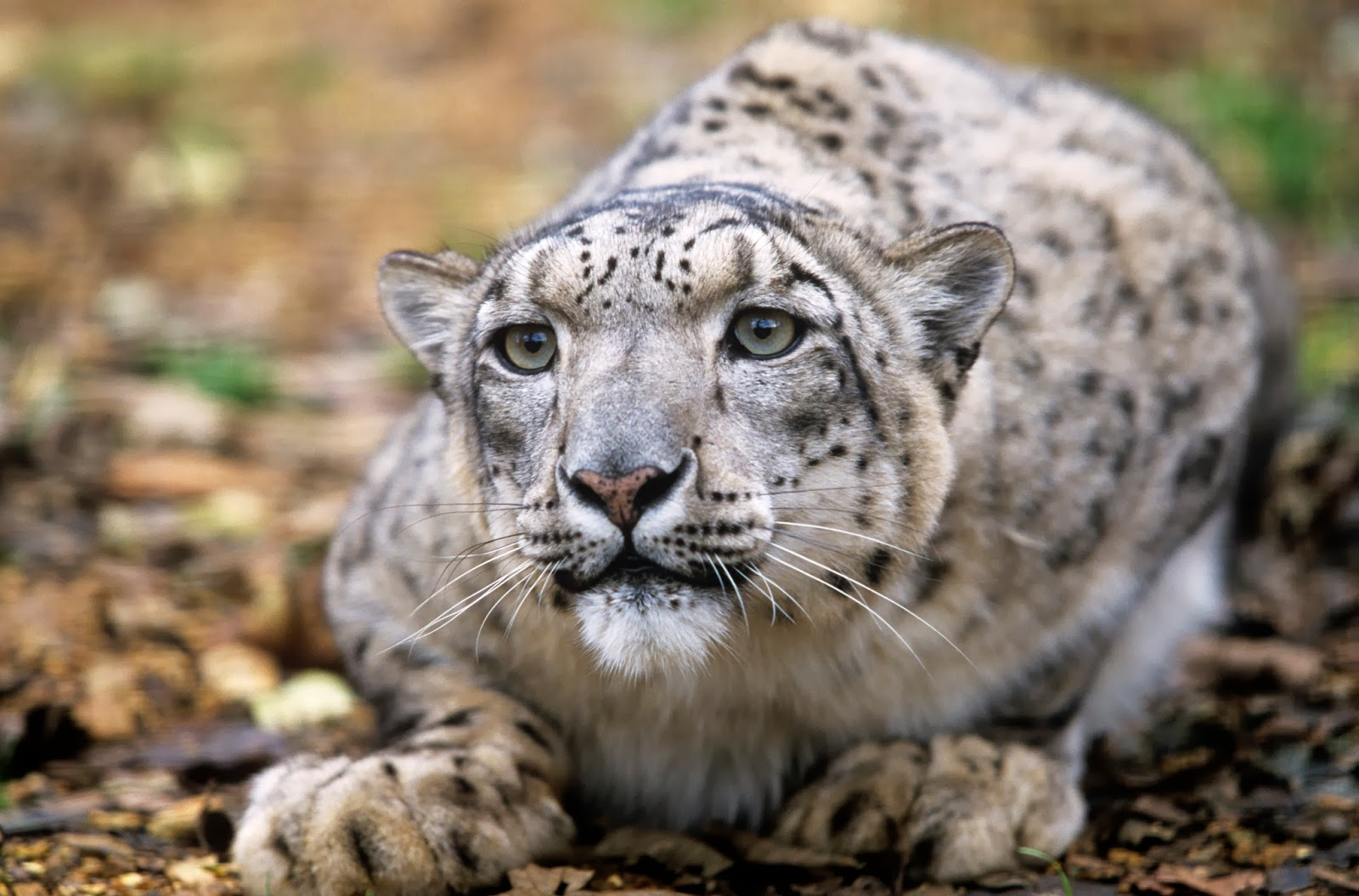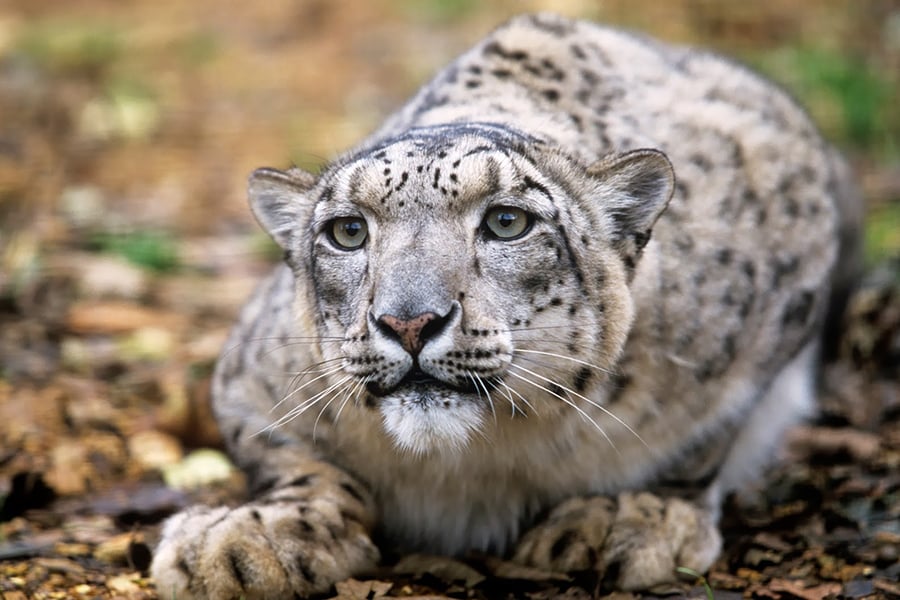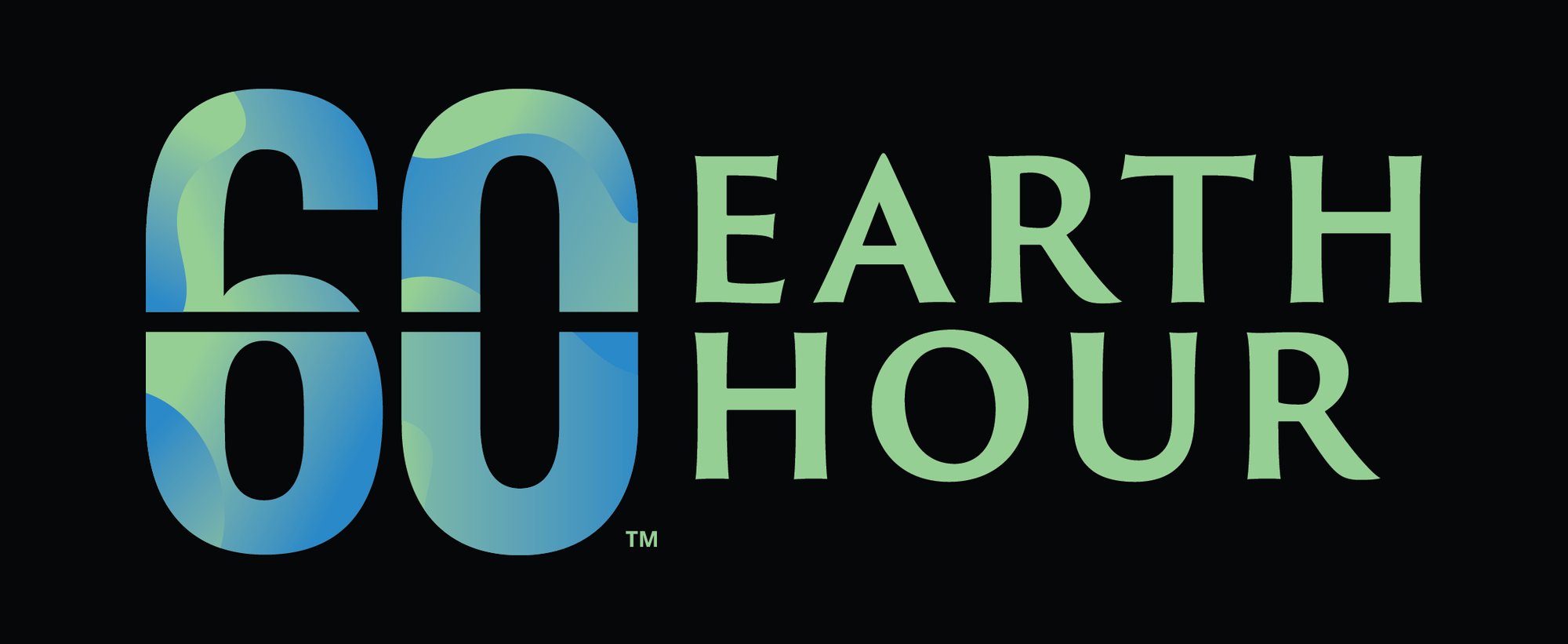


In the run-up to the 1992 Rio Earth Summit, when the Peruvian government was preparing its official position, I remember the focus was squarely on biodiversity. As a tropical country, on the western edge of the Amazon rainforest, Peru saw biodiversity as an essential asset for its development, and as a crucial element of its culture and history.
Climate change, in contrast, was seen as a concern for rich countries, of little relevance for Peru and countries at a similar stage of their economic evolution.
What a difference 25 years makes. Now, the tightly woven links between climate and biodiversity, the land and the oceans, and between ecosystem health and human society and culture are understood and even evident to all.
As a conservation organization, WWF has always viewed our work on energy and climate through the additional lens of species protection. We recognize the impact that a changing climate can have on the ability of ecosystems to support plant and animal life, and the challenges that biodiversity will face in a warming world.
Tomorrow, we will be releasing a landmark report setting out the latest research on how climate change will affect biodiversity across 35 of WWF’s ‘Priority Places’. These regions contain some of the richest and most remarkable biodiversity on the planet, including iconic, endangered and endemic species.
The report makes sobering reading. It paints a picture of ecosystems under pressure, and widespread biodiversity loss, even if we manage to keep the global temperature rise to below 2ºC. But it also suggests actions we can take to help protect endangered species, by connecting to earth and sparking never-before action for conservation and protecting biodiversity. It outlines the impact we can create through redoubled conservation work, and by helping species disperse to more favourable habitats as their existing ranges become less hospitable.
The science is clear: we need to rapidly and deeply cut greenhouse gas emissions. Given the effects on biodiversity of even 2ºC of warming, we need to increase the ambition of the Paris Agreement, and accelerate efforts to cut emissions even before the agreement comes into effect in 2020.
But perhaps the most important message from the report is one that is implicit — the need to better connect the dots between climate, biodiversity, and the other social and economic development challenges that we face.
Without urgent action to reduce emissions, global climate will change to such an extent that adaptation becomes impossible for many species. Without smarter development, we will encroach on natural habitats so greatly that dispersal becomes impossible. Without recognition of the importance of protecting biodiversity, species will become extinct, representing an irreversible loss for everyone who lives on this planet.
Connecting the dots will also help us find solutions to these problems. Emissions from agriculture, forestry and other land-use represent around a quarter of global greenhouse gas emissions — but efforts to protect biodiversity will help reduce emissions from these sources. Protecting marine biodiversity will help protect the fish stocks on which many millions of people rely for protein. Ensuring healthy ecosystems can support sustainable agriculture, help ensure clean water, and reduce the impact of natural disasters.
The Paris Agreement recognizes many of these linkages. Next year, the UN is due to produce two major reports on climate change and the oceans and the terrestrial environment. In 2020, the UN Convention on Biological Diversity (CBD) meets in China with a view to adopting a working plan that could be as significant for protecting biodiversity as Paris was for protecting the climate.
These developments, alongside the UN Sustainable Development Goals, hold the promise of a new development paradigm that could change how we think about nature and human societies. It could provide a framework that ensures human prosperity grows in a manner that is in harmony with the ecosystems we rely on — if we make sure we join the dots and connect to earth today.
Popular Post
Featured
Biodiversity
